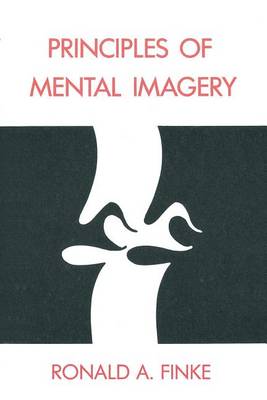MIT Press
2 total works
Creative Cognition
by Ronald A. Finke, Thomas B. Ward, and Steven M. Smith
Published 16 October 1992
Original and well articulated. . . . [A] benchmark for psychologists who are concerned to understand and explain one of the less tractable areas of human cognition. It can also be recommended as a rich source of practical ideas to anyone responsible for education and training in professions that depend on the regular exercise of creative thinking. -- John Richardson, "Times Higher Education Supplement" "Creative Cognition" combines original experiments with existing work in cognitive psychology to provide the first explicit account of the cognitive processes and structures that contribute to creative thinking and discovery. In separate chapters, the authors take up visualization, concept formation, categorization, memory retrieval, and problem solving. They describe novel experimental methods for studying creative cognitive processes under controlled laboratory conditions, along with techniques that can be used to generate many different types of inventions and concepts. "A Bradford Book"
Principles of Mental Imagery offers a broad, balanced, and up to date introduction to the major findings of this research and identifies 5 general principles that can account for most of them.
Imagery can be used to improve memory, perceptual skills, even creativity. Numerous experiments carried out over the past 20 years have probed the nature of mental imagery and unlocked its powers. Principles of Mental Imagery offers a broad, balanced, and up to date introduction to the major findings of this research and identifies 5 general principles that can account for most of them. It considers the development of experimental techniques that have solved many of the challenging methodological problems inherent in imagery research and includes recent experimental findings not covered in other imagery books. Principles of Mental Imagery brings together work by all of the key imagery researchers, among them Roger Shepard, Stephen Kosslyn, Allen Paivio, Lynn Cooper, Steven Pinker and the author. Chapters present new research on the role that imagery plays in human memory, new findings on how mental imagery influences perception (one of the dominant issues in modern imagery research), recent studies on "representational momentum" experimental demonstrations of how imagery can be used to make creative, visual discoveries, and recent work on imagery deficits in brain damaged patients. And, a new argument is made for why the study of mental imagery should be motivated by general principles, rather than formal models. Each chapter concludes with convenient summaries and suggestions for further exploration.
A Bradford Book
Imagery can be used to improve memory, perceptual skills, even creativity. Numerous experiments carried out over the past 20 years have probed the nature of mental imagery and unlocked its powers. Principles of Mental Imagery offers a broad, balanced, and up to date introduction to the major findings of this research and identifies 5 general principles that can account for most of them. It considers the development of experimental techniques that have solved many of the challenging methodological problems inherent in imagery research and includes recent experimental findings not covered in other imagery books. Principles of Mental Imagery brings together work by all of the key imagery researchers, among them Roger Shepard, Stephen Kosslyn, Allen Paivio, Lynn Cooper, Steven Pinker and the author. Chapters present new research on the role that imagery plays in human memory, new findings on how mental imagery influences perception (one of the dominant issues in modern imagery research), recent studies on "representational momentum" experimental demonstrations of how imagery can be used to make creative, visual discoveries, and recent work on imagery deficits in brain damaged patients. And, a new argument is made for why the study of mental imagery should be motivated by general principles, rather than formal models. Each chapter concludes with convenient summaries and suggestions for further exploration.
A Bradford Book

